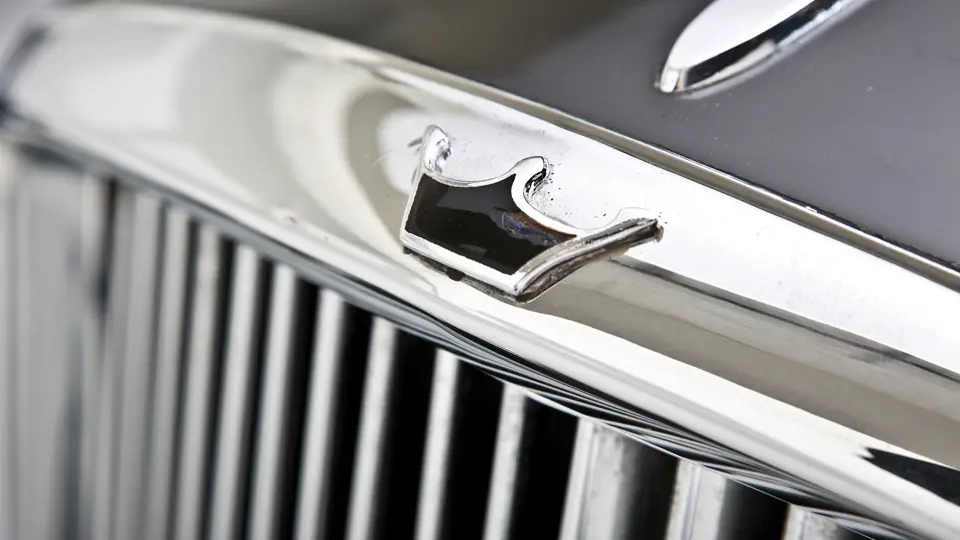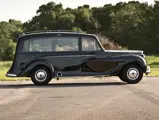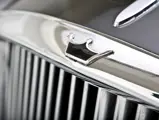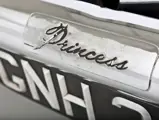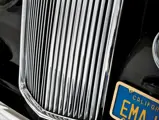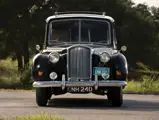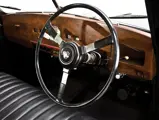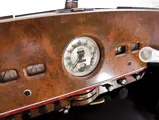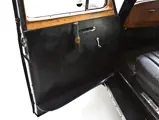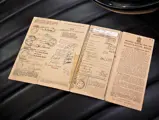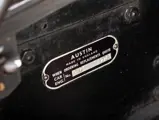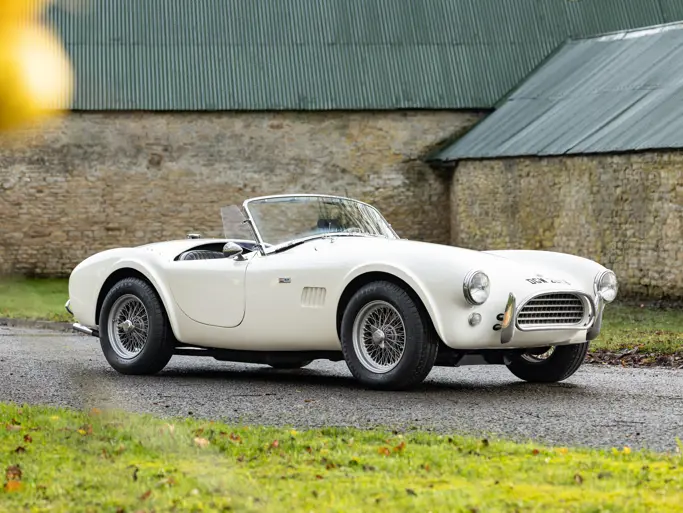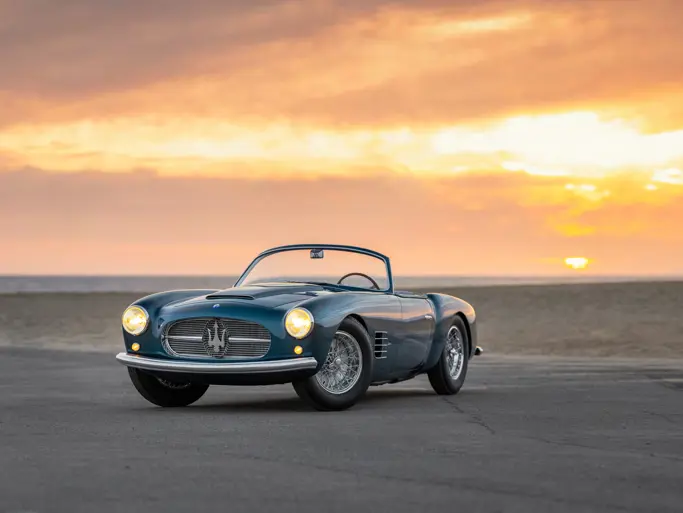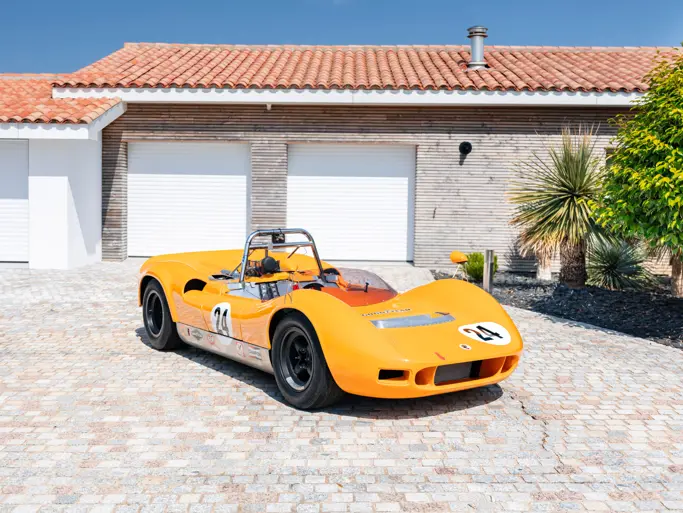
1956 Austin Princess
{{lr.item.text}}
£185,000 - £260,000 GBP | Not Sold
{{bidding.lot.reserveStatusFormatted}}
- Formerly owned by rock and roll legend John Lennon
- Documented with an original and signed registration
- Featured and driven by John Lennon and Yoko Ono in the 1972 documentary release Imagine
- Customized with rear airline seats
- Offered by the Austin Rock & Roll Car Museum
Type A135. 125 hp, 3,995 cc OHV inline six-cylinder engine, four-speed manual transmission, independent front suspension with coil springs, solid rear beam axle with semi-elliptical leaf springs, and four-wheel drum brakes. Wheelbase: 3,353 mm
Few figures in 20th century popular music loom larger than John Lennon. As a founding member and one of two principal songwriters in The Beatles, Lennon literally changed the face of modern music, developing rock and roll from a format of R&B-based pop singles into the realm of full-blown concept albums, with traces of psychedelia, Indian music, heavy metal, and more. Lennon single-handedly penned numerous chart-topping hits during the Beatles’ ascent and artistic evolution, including “A Hard Day’s Night”, “Ticket to Ride”, “All You Need Is Love”, “Strawberry Fields Forever”, and “Revolution”, among many others.
After being the unwitting face of such cultural phenomena as the British Invasion and Beatlemania, Lennon segued to a more withdrawn and cerebral solo career in 1969 that coincided with his marriage to performance artist Yoko Ono. In 1971, the singer released his defining solo album Imagine, and the poignant title track became an anthem for socially conscious questioning of the status quo. In conjunction with the groundbreaking album, Lennon and his wife produced a 70-minute film also titled Imagine, and it functions as both a documentary and a testament to a day in the life of the influential and introspective couple.
It is interesting to note that The Beatles had already starred in several movies to that point, and one of the consistent themes that was increasingly evident from project to project was the band’s predilection for the Austin Princess. According to Mal Evans, the band’s road manager and a future record producer himself, the Fab Four preferred the less ostentatious Austin limousines to the saloons from more exclusive manufacturers (like Bentley or Rolls-Royce) simply because the doors opened to a wider angle, more easily accommodating running leaps into the car while evading frenzied mobs of fans. True to form, John Lennon and Yoko Ono used an Austin Princess to a great degree during the filming of Imagine, and that very car is proudly offered here.
Austin had introduced two new long-wheelbase luxury models in 1947 that were positioned as competitively priced alternatives to upscale cars from Crewe or Derby. While the standard Austin-bodied premium model was dubbed the A125 Sheerline, a more exclusive version called the A135 Princess was built on an even longer wheelbase and made available for individual coachbuild. Most Princesses were bodied by Vanden Plas, but a few were sent to other British coachbuilders, and by 1956, just 3,515 examples of the A135 (Marks II and III) had been constructed before the model gave way to a Princess-badged version that omitted the Austin moniker.
Chassis number DH2-12785 was completed with coachwork by Arthur Mulliner Ltd. of Northampton (a cousin of H.J. Mulliner, the better-known coachbuilder of Bentleys). The Austin Princess was purchased in August 1971 by John Lennon, as reflected by an original registration document that features the legendary musician’s printed name (John Ono Lennon, curiously enough), and his signature. After extensive use in the filming of Imagine, it is believed that Mr Lennon customized the Princess with two rows of airline seats (complete with ashtray arms), the perfect modification for a rock star and his family.
In 1972, the Austin was sold to William “Bill” McGaw of La Jolla, California, a film producer whose documentary Journey Into Self won the 1968 Oscar for Best Documentary Feature. After using the Princess to tour Ireland with his family in 1972 while filming another documentary, The Steel Shutter (depicting the conflict between Irish Catholics and Republicans), Mr McGaw returned to California and registered the car as EMAJIN, retaining possession until 1987. At that time, he consigned the car at a Sotheby’s auction in New York City, which predictably generated significant buzz with its Lennon connection, particularly as the sale occurred just seven years after the star’s death. As Mr McGaw recalled of his time with the car to the New York Times, “Wherever we went, it attracted crowds.”
In 2005, the largely original A135 Princess was purchased at Julien’s Auction House by collector Milton Verret of Austin, Texas, who donated it in 2008 to the Austin Rock & Roll Car Museum. Exhibited and adorned by thousands ever since on the museum’s gallery floors, the unique celebrity-owned car has been consistently tended and serviced as needed. According to the car’s most recent caretaker, it evidences no sign of undergoing any major restoration (both the paint and the front seat leather show a healthy patina).
In terms of automotive collectibles related to The Beatles, few hold more cachet than this remarkable Austin, which was personally owned, driven, and modified by the incomparable John Lennon. Unlike many cars with purported celebrity provenance, this A135 hearse is accompanied by important corroborative documentation in the Lennon-signed title, and the car can be seen in use during extended sequences of his 1971 film Imagine. Also benefiting from years of dedicated care by sympathetic caretakers, this highly original Princess would make a crowning addition to any collection, be it automotive or music related.
It is sure to draw significant attention at concours d’elegance and other public displays, as it charmingly epitomizes the unique and idiosyncratic artistry of the amazing John Lennon, one of the most enduring and beloved artists of all time.
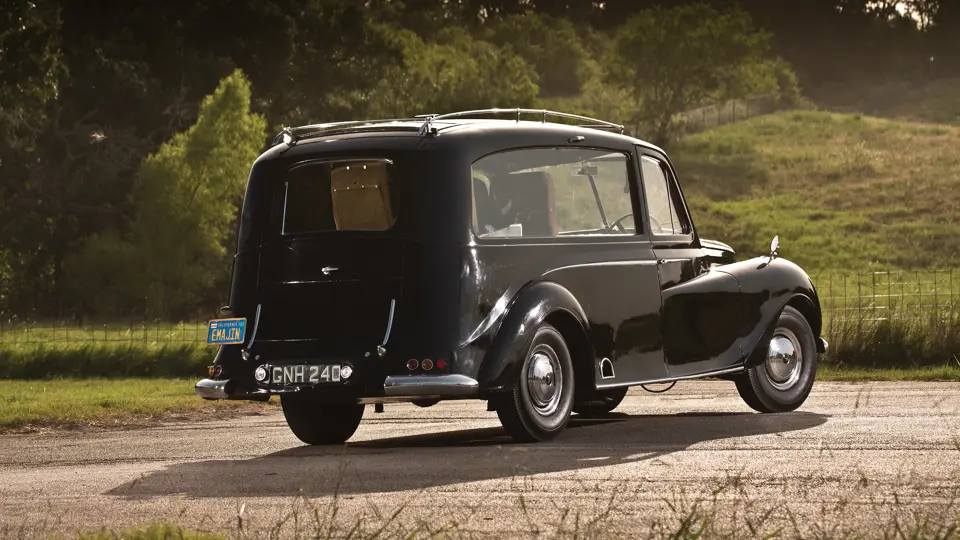

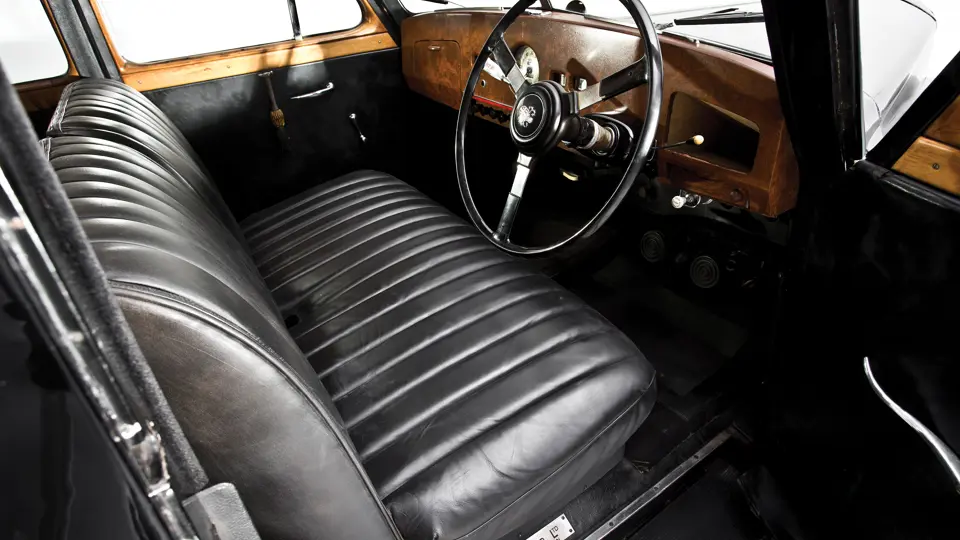

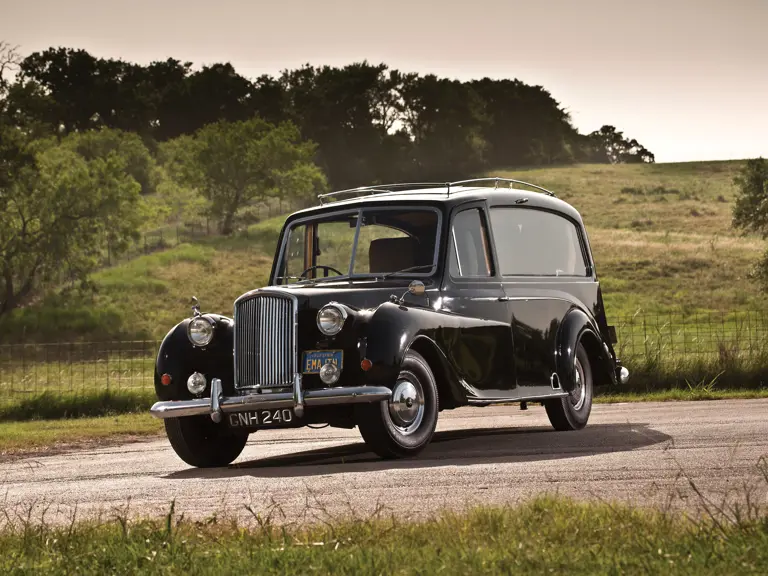
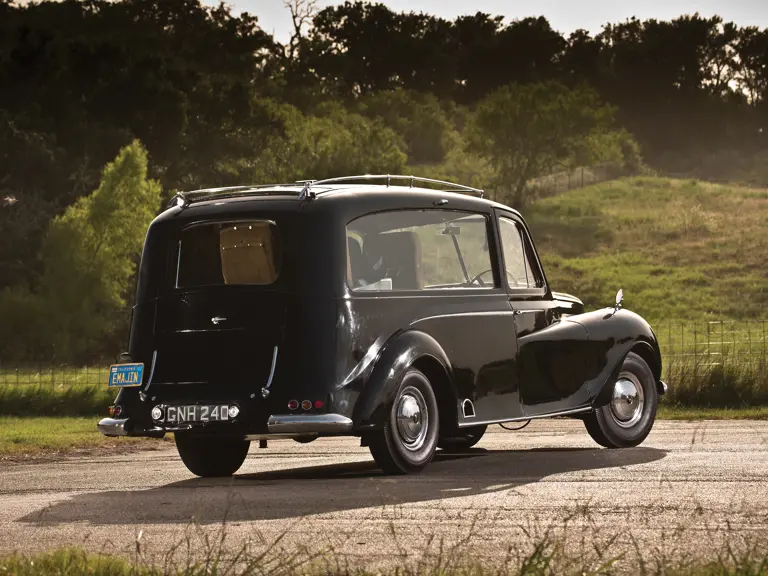
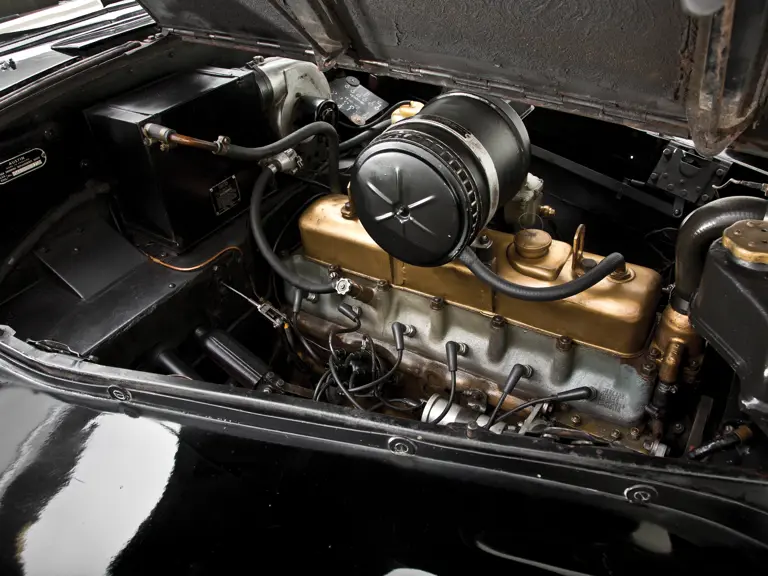
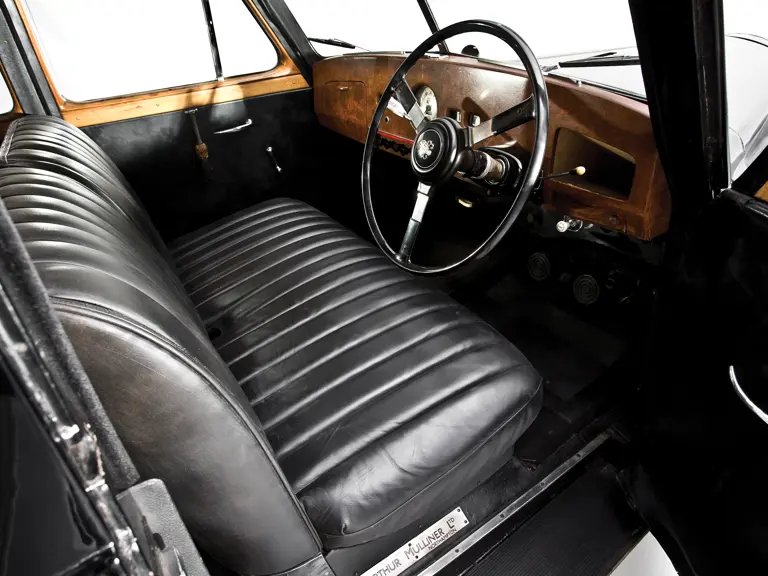
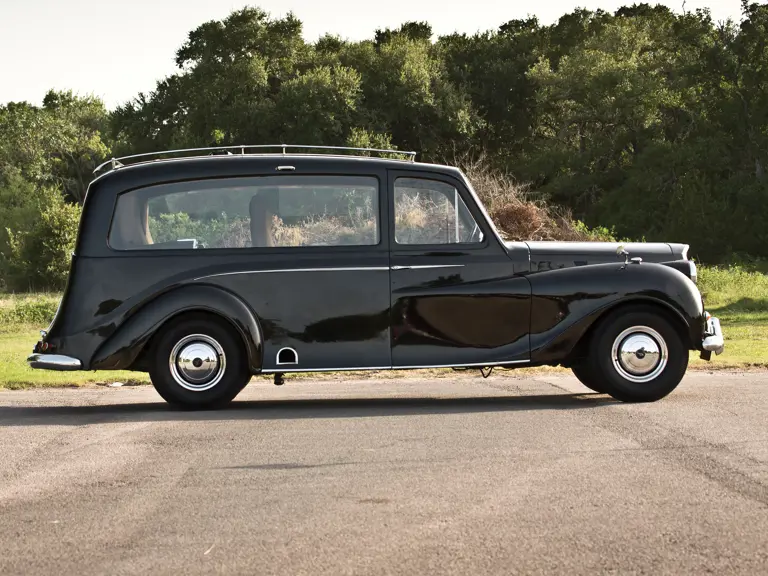
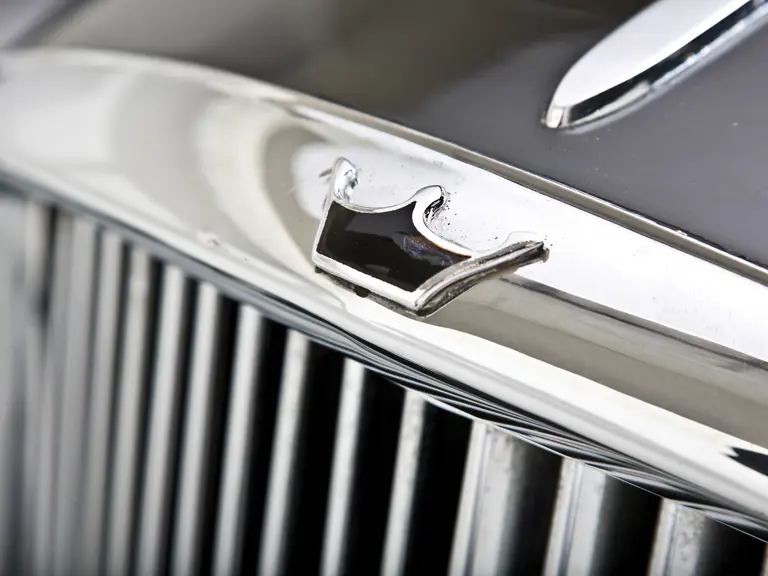

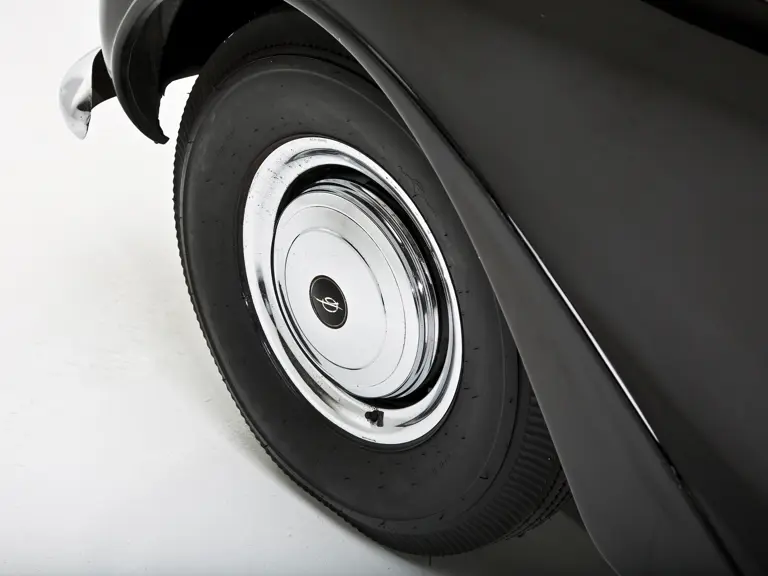
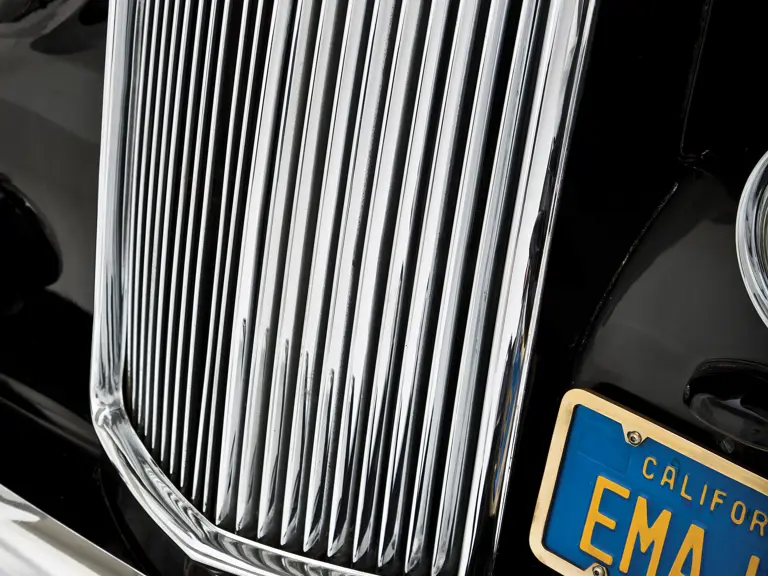

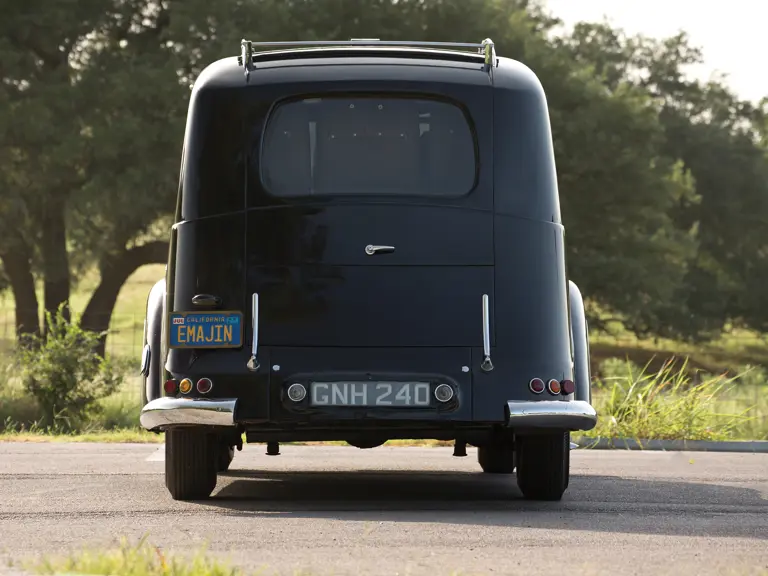
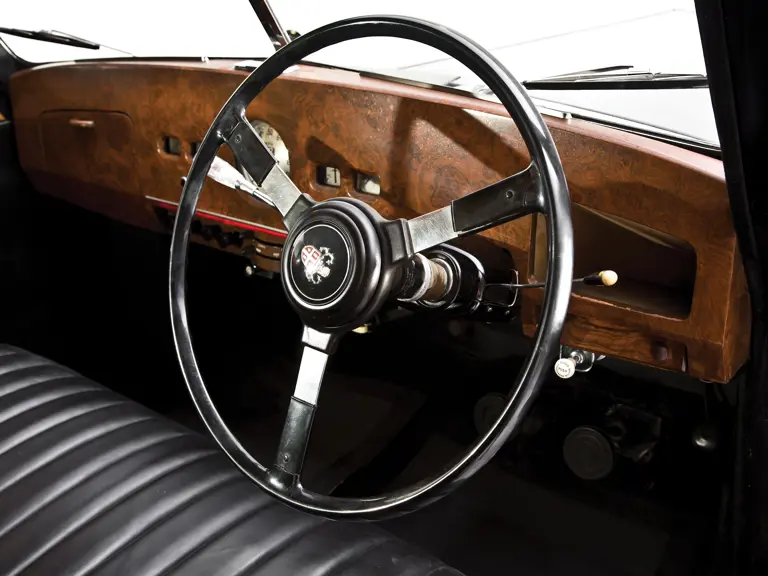
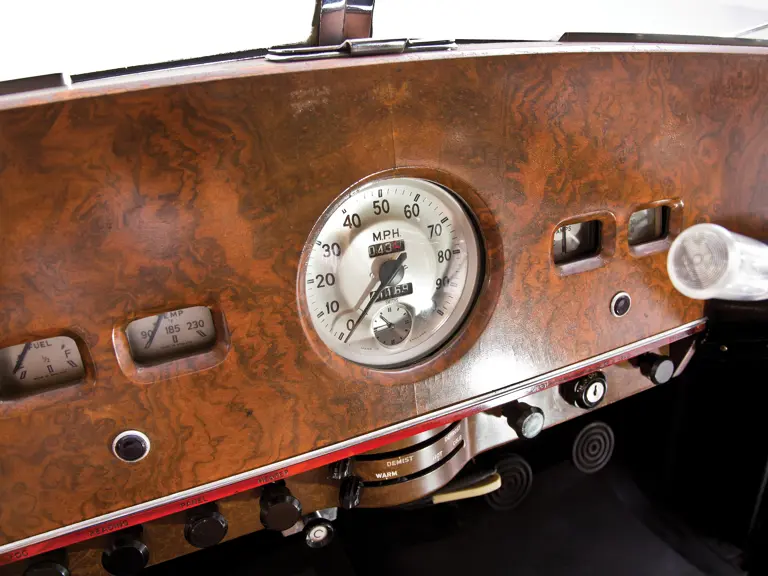
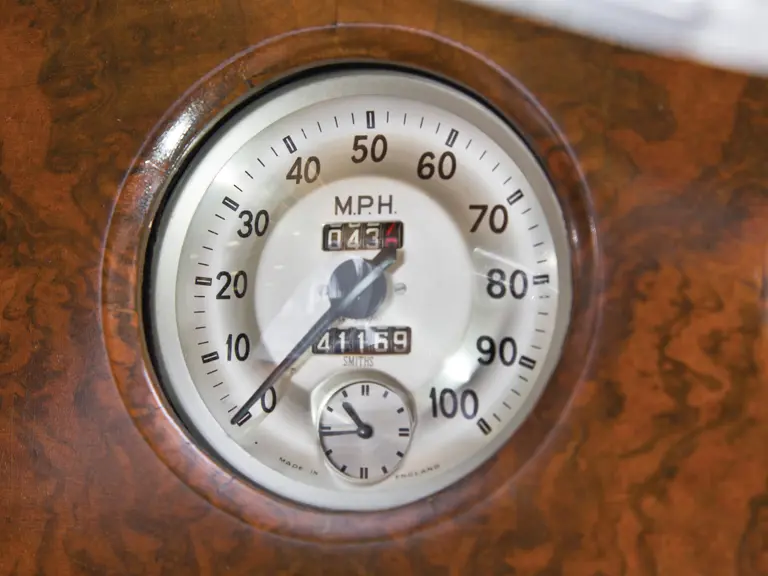
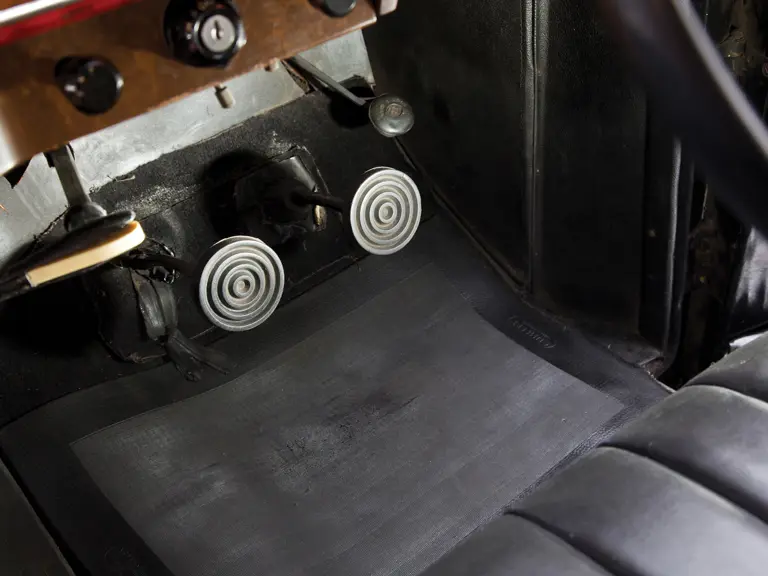
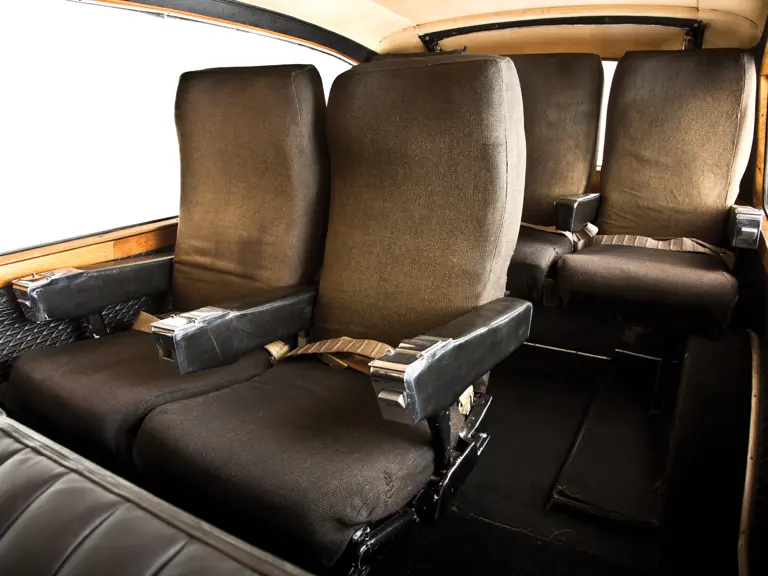
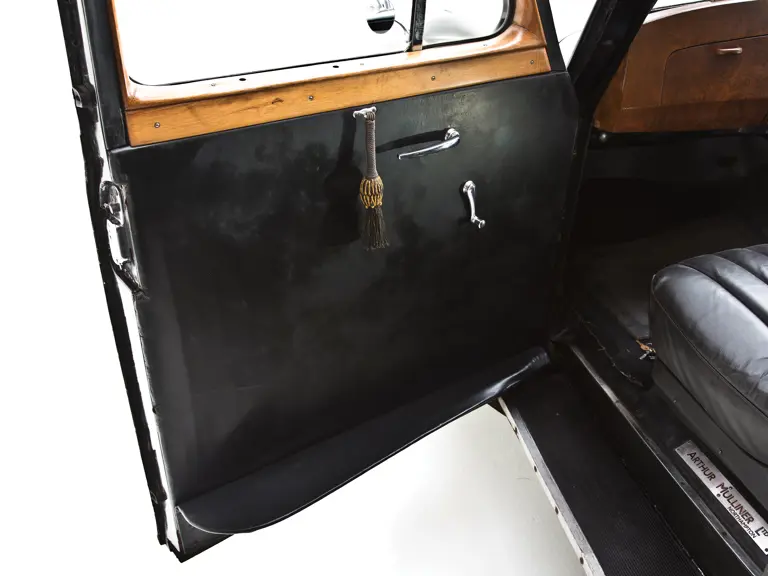
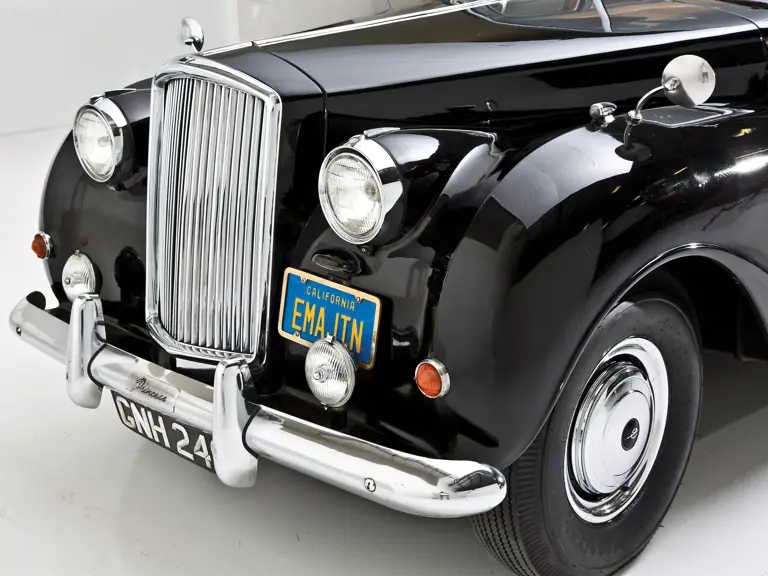
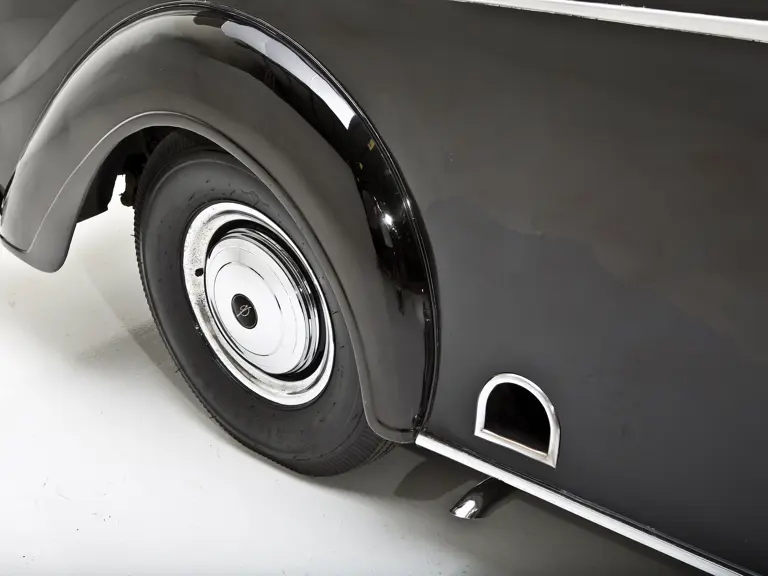
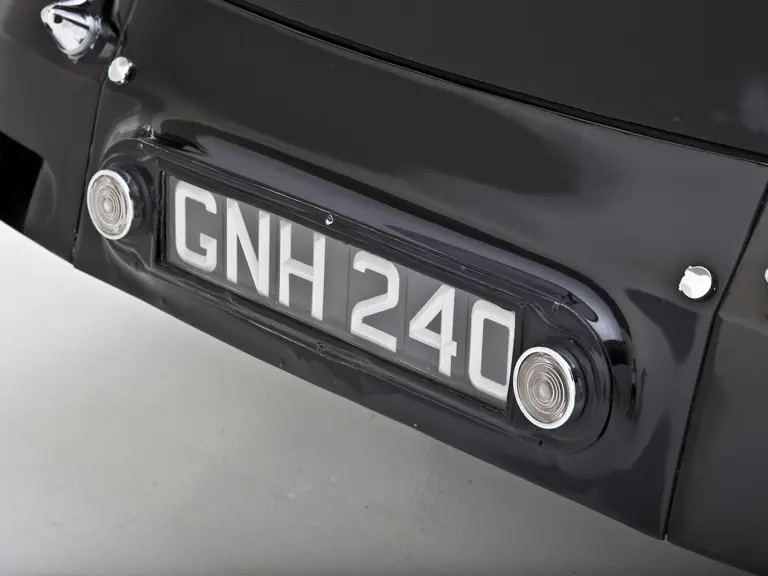
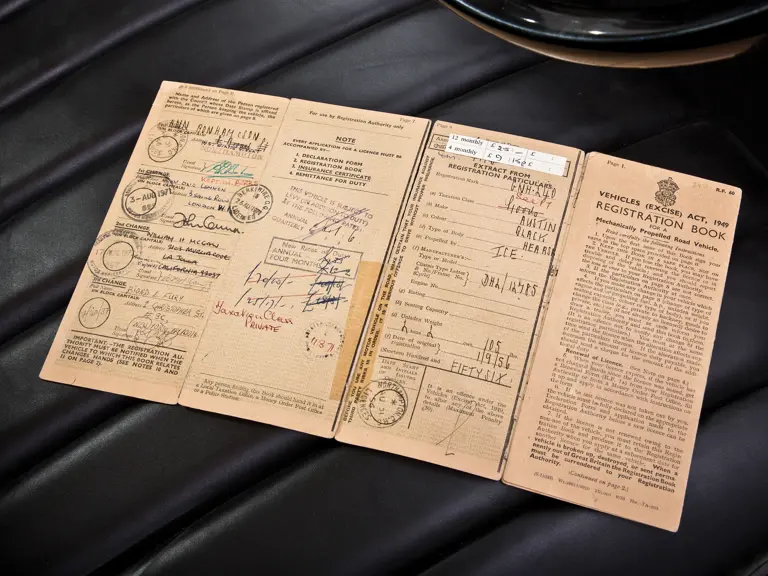

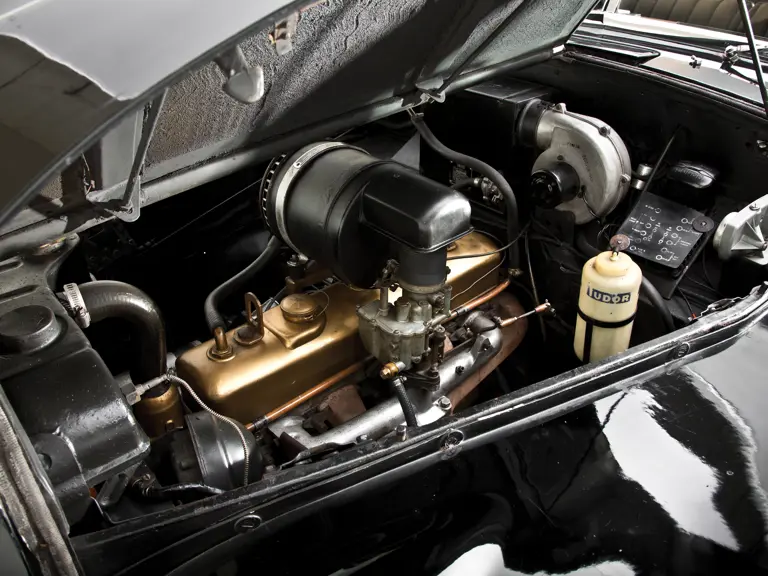
 | London, United Kingdom
| London, United Kingdom

